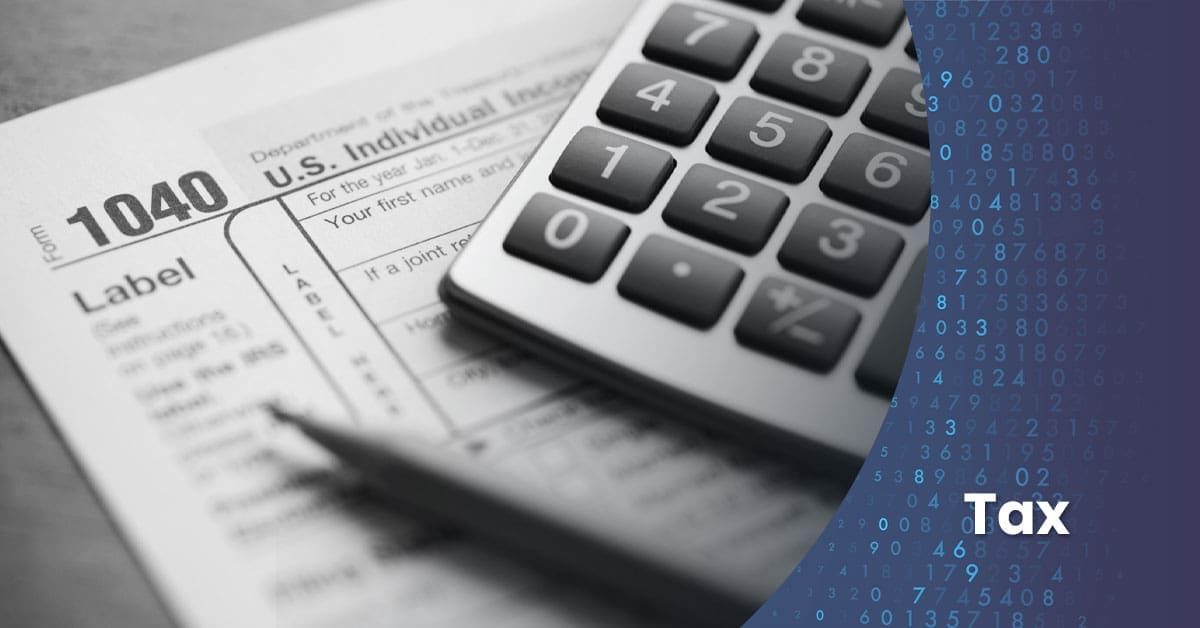The House Ways and Means Committee recently unveiled a partial text of its proposed tax bill, introducing sweeping changes that form part of President Donald Trump’s agenda. This bill is expected to spark heated debates on Capitol Hill as it aims to extend key provisions of the 2017 Tax Cuts and Jobs Act (TCJA) while introducing new elements that could significantly impact taxpayers, businesses, and the national deficit.
Below is a breakdown of what’s included, what it means for Americans, and what happens next.
Key Highlights of the Proposed Tax Bill
The proposed tax bill introduces several updates to the TCJA provisions and suggests a few new tax benefits. Here are the major highlights:
Extension and Expansion of the TCJA Provisions
- The bill extends the TCJA tax cuts, ensuring lower tax rates for both individuals and businesses beyond 2025.
- Enhancements include raising the standard deduction, increasing the estate tax exemption, and expanding the 20% business deduction for pass-through entities. For example, the estate tax exemption would rise from $14 million to $15 million, and the pass-through deduction would increase from 20% to 22%.
- Temporary boosts, such as a four-year increase in the standard deduction (an additional $1,000 to $2,000 per filer), are also included.
Child Tax Credit Expansion
- The child tax credit would increase to $2,500 per child through 2028 before dropping to $2,000 thereafter. Unlike previous versions, the bill requires claimants to provide a Social Security number to claim the credit.
- This proposal aims to provide additional relief to families, albeit temporarily. However, making these changes permanent could significantly add to the national deficit.
Absence of Solutions for the SALT Deduction Cap
- The proposed bill notably omits any discussion about lifting or modifying the current $10,000 cap on state and local tax (SALT) deductions. This omission continues to be a contentious point, especially for high-tax states such as New York, New Jersey, and California.
Exclusion of Campaign Promises
- Campaign pitches by President Trump, including eliminating taxes on tips, overtime pay, and Social Security benefits, were not part of this draft bill. These ideas are still under discussion but remain absent in the current text.
What Does This Mean?
The proposed bill carries significant implications across various aspects of the US economy and taxpayers:
For Taxpayers
Low- and middle-income taxpayers stand to benefit from temporary increases to the standard deduction and child tax credit. However, without the SALT cap adjustment, taxpayers in higher-tax states may see limited relief.
The extension of the TCJA ensures continued lower tax rates, but critics argue these temporary measures may set the stage for higher taxes if provisions expire.
For Businesses
Companies benefit from maintained low corporate tax rates and expanded deductions for pass-through entities. These measures aim to enhance competitiveness and growth opportunities for businesses, particularly small and mid-sized enterprises.
For the Deficit
The bill poses serious fiscal concerns. Preliminary estimates suggest it will add $4.9 trillion to national deficits over the next decade. If made permanent, this figure could exceed $5.5 trillion, increasing the US debt-to-GDP ratio beyond 134% by 2034. This potentially triggers economic challenges like higher interest rates and slower growth.
For States
The lack of resolution on the SALT deduction cap disproportionately affects residents in high-tax states. Lawmakers from these regions may push for amendments before the bill progresses further.
Challenges and Next Steps
The bill faces numerous hurdles before becoming law. Among them:
1. Addressing the Deficit Consequences
With projected deficits far exceeding acceptable thresholds, lawmakers need to weigh the trade-offs by either reducing spending cuts, increasing revenue through offsets, or scaling back proposed tax breaks.
2. Gaining Bipartisan Support
Though the bill can pass through reconciliation with a simple majority, the Republican caucus remains split between moderates, who seek more balanced legislation, and fiscal conservatives, who advocate for aggressive reductions in federal spending.
3. Finalizing Details
The current draft is expected to undergo significant revisions, with additional text likely introduced in the coming days. Contentious issues like Medicaid funding and clean energy tax credits will likely resurface during these debates.
4. Managing Public Sentiment
Controversial provisions, coupled with concerns about sustainability, could invite scrutiny from voters, especially with elections approaching.
Understanding the Impact of the Proposed Tax Bill
The proposed tax bill represents a significant step in Republican lawmakers’ efforts to solidify President Trump’s economic legacy while addressing elements of the modern economy. While these sweeping changes hold promise for economic growth and taxpayer relief, they also risk ballooning the national deficit and exacerbating disparities.
The next steps involve intense negotiations, as Congress debates how to refine the text and balance fiscal responsibility with economic opportunity. Lawmakers and citizens alike will be closely watching this process as it unfolds.
Tax bills like this one have profound impacts—not just on your wallet but on the broader economy. To stay informed on tax legislation and understand how it might affect you, consider consulting a financial expert or accountant for tailored advice.





 Previous
Previous






